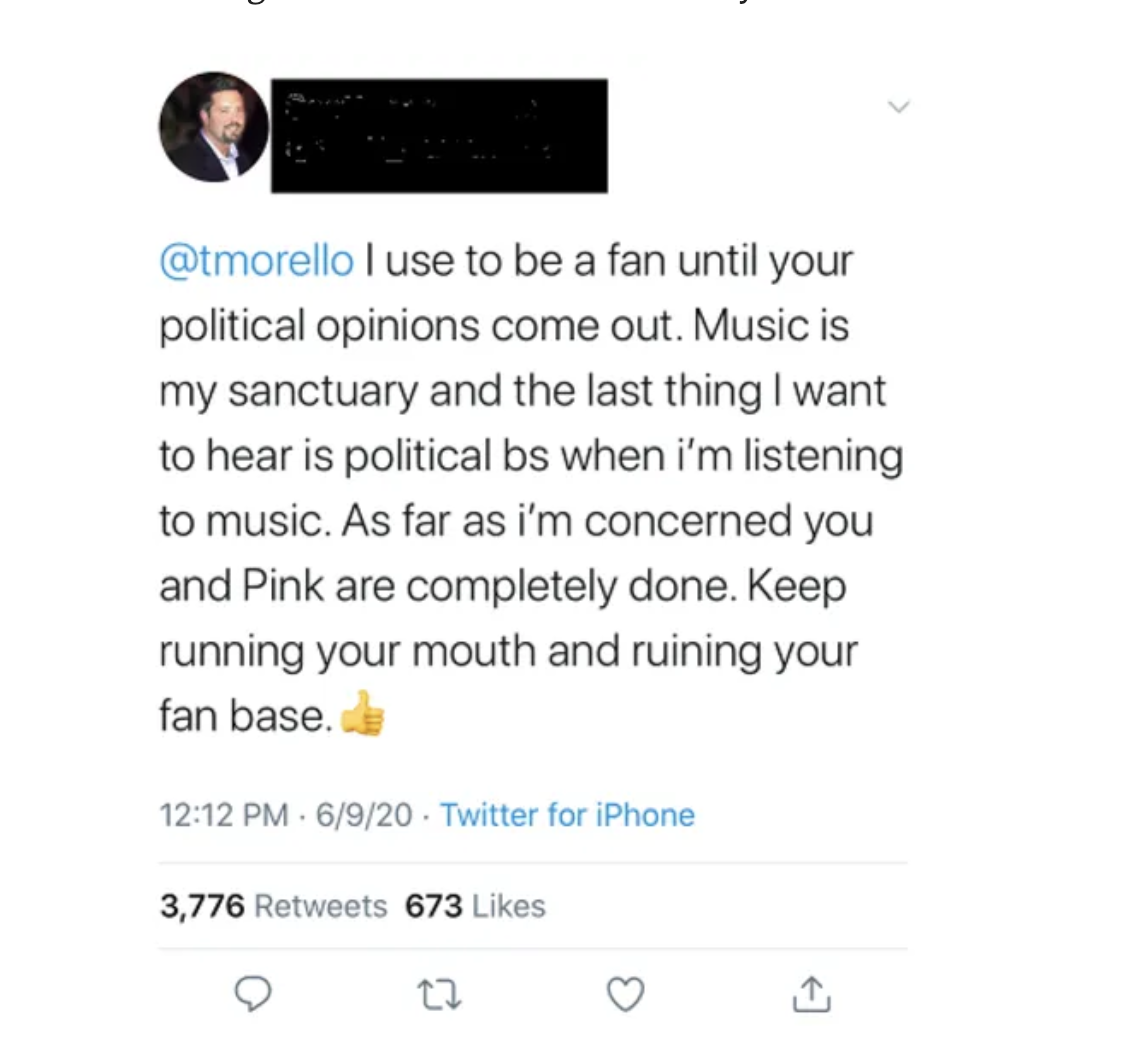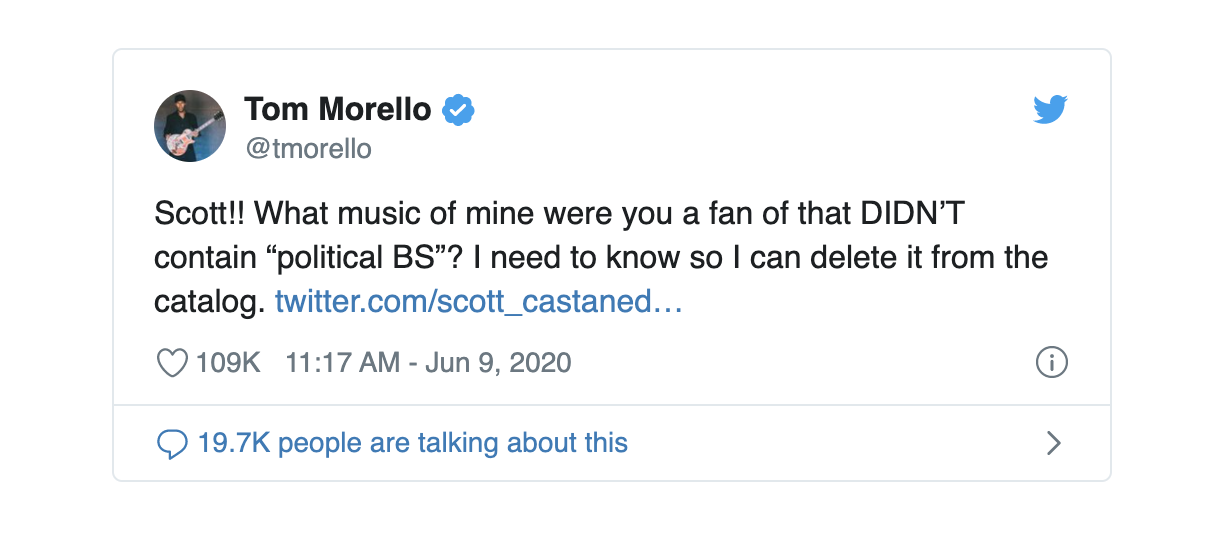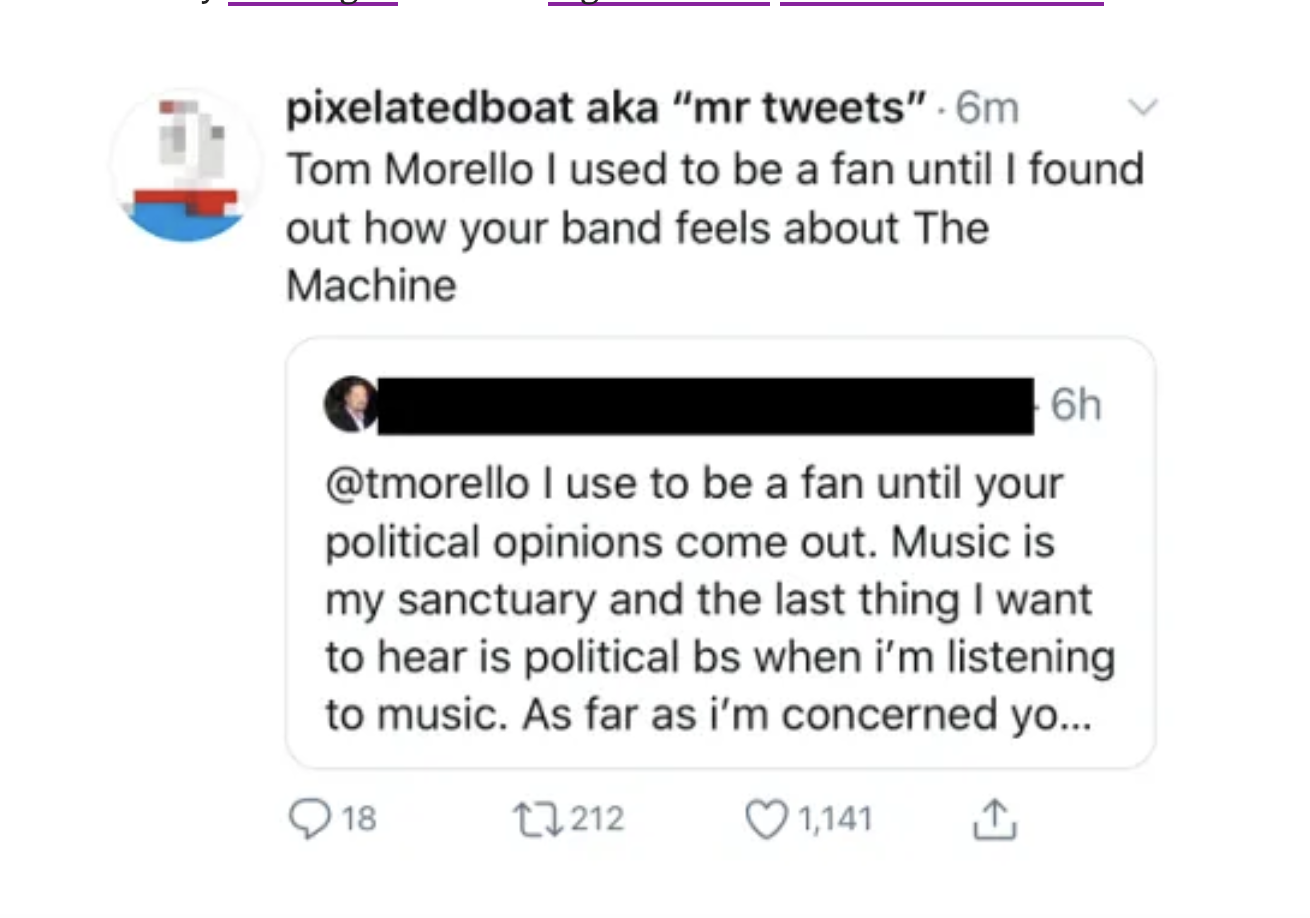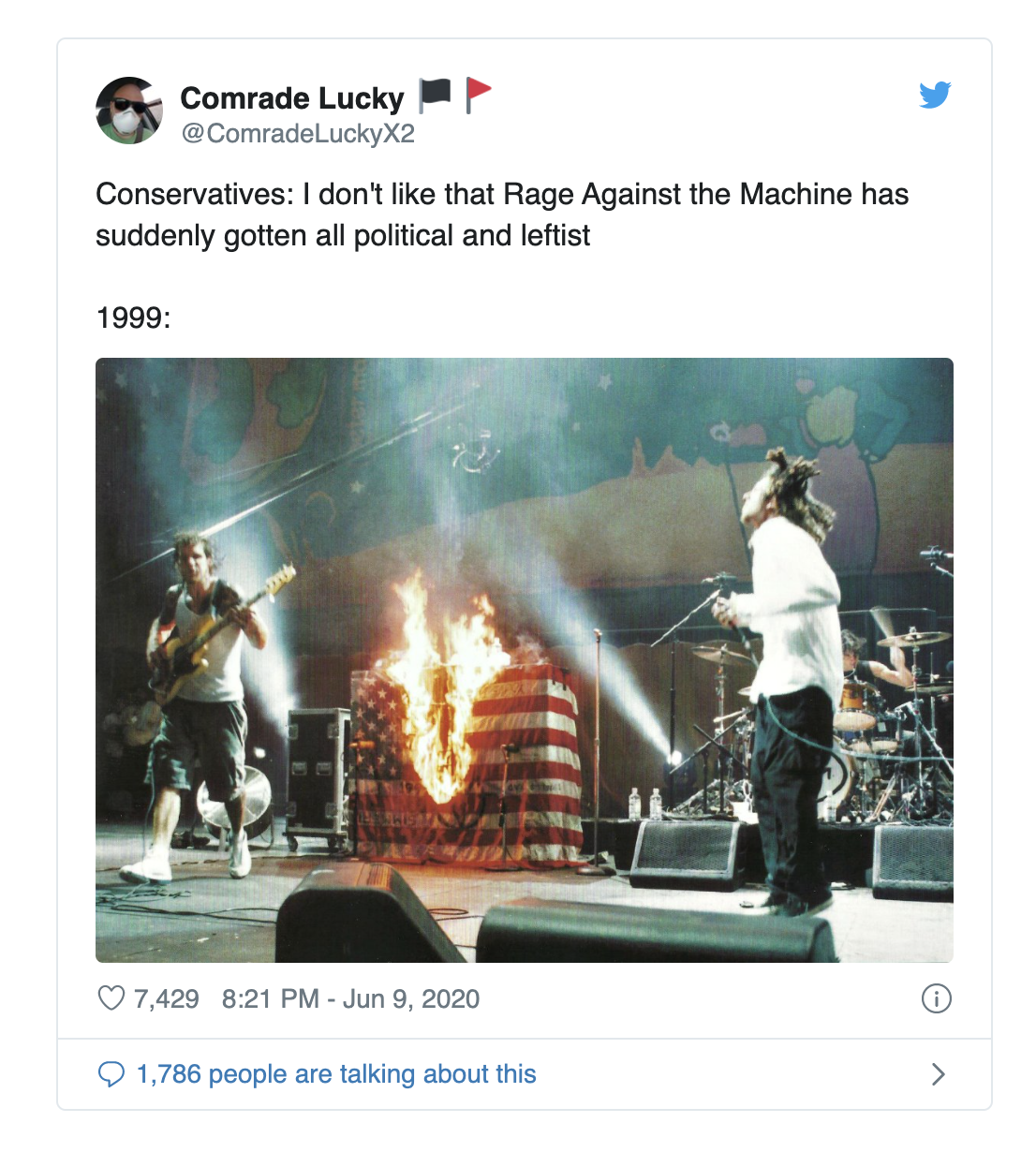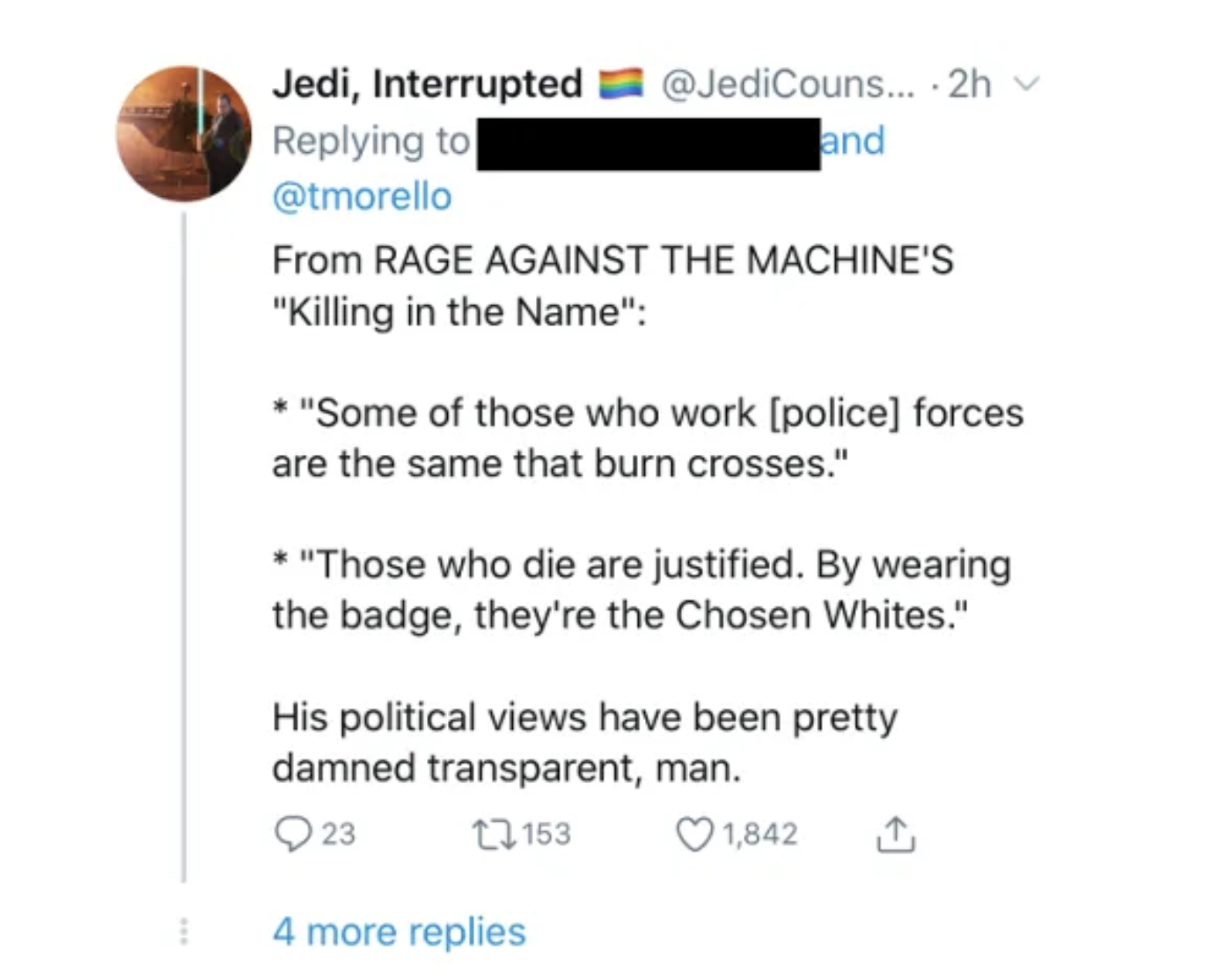In 1964, Thelonious Monk appeared on the cover of TIME. He had been chosen for an extensive profile, his biographer Robin D.G. Kelley tells Terry Gross, because the magazine thought Miles Davis or Ray Charles might be “too controversial.” Monk, it was thought “had no complaints… he wasn’t so political.” This is not exactly so, Kelley writes in Thelonious Monk: The Life and Times of an American Original. The eccentric genius played benefit concerts throughout the 60s. But he was also beginning to suffer from mental health issues that remained undiagnosed to the end of his life. Still, he followed Civil Rights struggles closely. “Thelonious was moved by these events” and wondered what more he could do.
That year Monk had an opportunity to make a direct contribution by playing the mostly white Palo Alto High School after the most “racially tense” summer of the decade, a moment in history eerily like the current time. The show was organized by enterprising 16-year-old junior Danny Scher, who would go on to become a major concert promoter.
Through his local connections, Scher contacted Monk’s manager and arranged the booking. In order to fill the auditorium, he promoted the show in his wealthy Palo Alto enclave, in the local newspapers, and in largely segregated East Palo Alto. (“Against the urging of the police department,” notes Jazziz.) Scher’s hard work turned the event into a rousing success, Kelley writes:
Neither Thelonious nor sixteen-year-old Danny Scher fully grasped what this concert meant for race relations in the area. For one beautiful afternoon, blacks and whites, P.A. and East P.A., buried the hatchet and gathered together to hear “Blue Monk,” “Well, You Needn’t,” and “Don’t Blame Me.”
Monk played for over an hour to the integrated audience, then played an encore after “thunderous applause.” The story of how the concert came about is full of plot twists, including the fact that Monk never actually saw the contract and only found out about the gig when Scher called him a few days before. But he “dug the kid’s chutzpah and agreed to do it.” While Scher may have had the presence of mind to follow up before the gig, he didn’t think to document the moment. That fell to a Black custodian at the high school (whose name has been unfortunately lost) who approached Scher, Nate Chinen tells NPR, and offered to tune the piano if he could record the gig.
The custodian gave the tapes to Scher and the promoter held on to them for over 50 years. Now they’re finally being released as Palo Alto by Impulse! Records on July 31st. You can preview the new release with “Epistrophy,” at the top. This record is no minor rarity, according to Monk’s son, T.S. Monk, who calls it “one of the best live recordings I’ve ever heard by Thelonious.” Maybe he was energized by the urgency of the moment, maybe it was the energy of the audience that drove his performance. Whatever inspired him that day, Monk showed, as many jazz musicians did at the time, how art can succeed where politics fail, and can—at least temporarily—unite communities who might have come to believe they have nothing left in common.
via NPR
Related Content:
How Music Unites Us All: Herbie Hancock & Kamasi Washington in Conversation
How Jazz Helped Fuel the 1960s Civil Rights Movement
Thelonious Monk’s 25 Tips for Musicians (1960)
Josh Jones is a writer and musician based in Durham, NC. Follow him at @jdmagness
